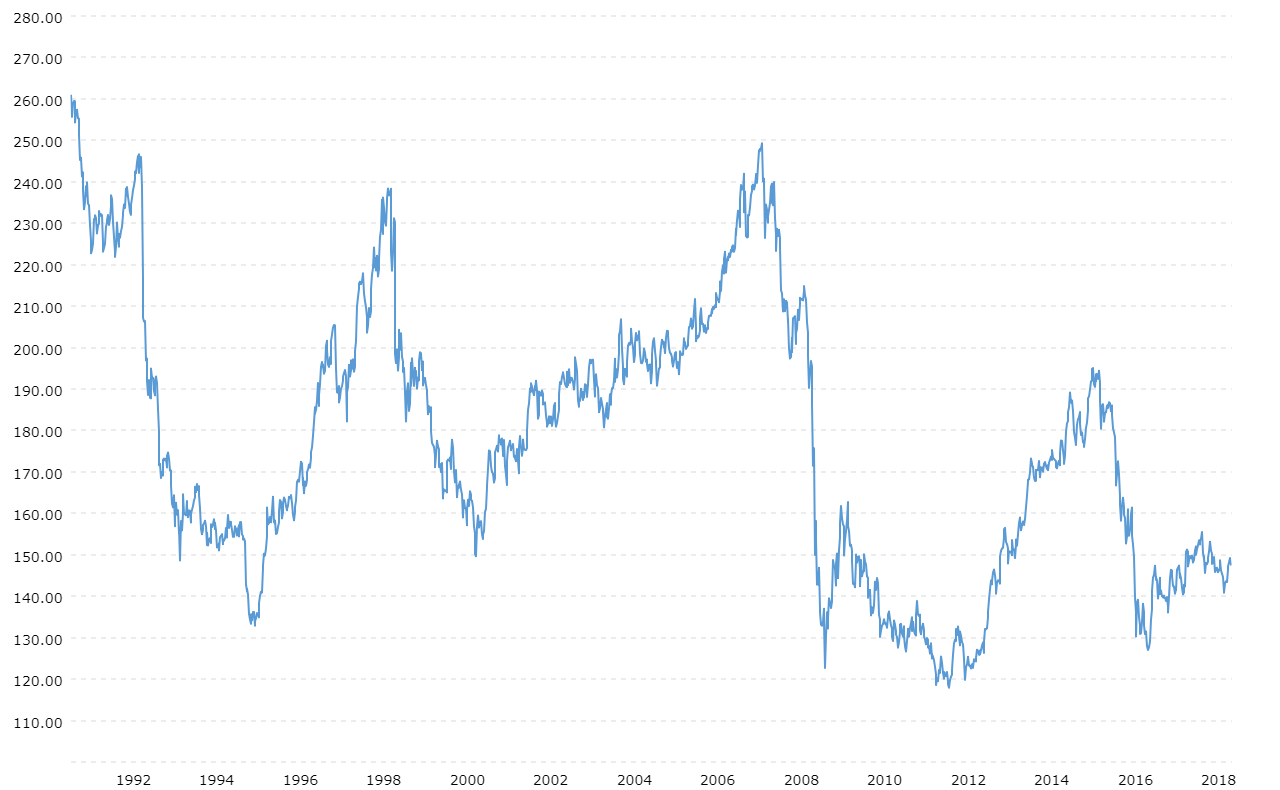
The extremely low cost of borrowing in yen makes it an attractive vehicle to fund purchases of currencies and in turn investments with higher interest rates and yields. Zero rates in Japan also made the Japanese yen one of the most popular funding currencies. Countries can get mired in decades of deflation or disinflation with no alternative methods of stimulating prices, growth, and demand. Unfortunately as Japan has shown, low rates are not always an effective tool to boost inflation. Īs other countries around the world lower interest rates, they too could experience this massive investment outflow. Read more about the long-term affect of negative rates. Much of this money has gone into stocks, real estate, and bonds from emerging market countries. For 28 years straight Japan has been the world's biggest investor. Japan's zero rate policy drove trillions of dollars out of Japan. Zero interest rates force institutional and individual investors to hunt for yield abroad. Many will argue that it's done very little to stimulate the economy, but zero interest rates are spreading around the world and there are some important lessons we can learn from Japan's experience. Japan's ultra-low interest rate regime has its critics. Now a handful of countries have interest rates at, near, or below zero. More than two decades ago, Japan pioneered the idea of zero rates. Yet the most important characteristic of the Japanese yen happens to be its long history of zero rates. So if breaking news causes a crisis of confidence, there will be big moves in Japan's currency, even if the problems are not in Japan. This is very important because when there is political or economic uncertainty in Asia, investors usually express their views through the Japanese yen.

It is also the fourth-most popular reserve currency behind the US dollar, euro, and sterling. Although China's currency, the yuan, is rapidly growing in importance, its managed status and general lack of flexibility means the Japanese yen is still the preferable Asian reserve currency over the yuan. For decades it has been seen as the proxy for Asia. With our strong technology infrastructure and our excellent tie ups, we’re able to provide our customers with perfectly live and transparent exchange rates.Japan's currency, the yen, is the third-most commonly used currency in the world, behind the US dollar and euro. There simply is no such thing such as a constant “Japanese Yen Exchange Rate Today” The only way banks or currency dealers manage to offer customers these “today’s JPY rates” is by creating a large buy-sell spread, effectively protecting themselves from intra-day market variations. This concept, however, is inherently flawed since the JPY rate varies as per the global demand and supply which is inherent in intra-day currency trading. This rate is sometimes termed “today’s JPY rate” or “JPY rate today”. Money changers have always used a static rate for JPY exchange purposes. Moreover, the rate alert feature on our site allows you to get notified via email when the rates touch the level that you want.


Through the fixed rate order booking option, you can even block the rates that you see on our site whenever the markets are open. These are rates at which you actually buy or sell JPY or send a JPY international remittance at these rates. The rates visible here aren’t interbank rates or base rates that are shown on most sites. We’ve invested significantly in our infrastructure to ensure that you receive rates that are live and accurate to the last second. Getting the best available JPY Rate Today with BookMyForexĪt BookMyForex, we go to every length possible in order to provide the best Japanese Yen Exchange Rates to our customers.


 0 kommentar(er)
0 kommentar(er)
